US Flying Fortress crash at Bakers Creek, Mackay, in 1943 was Australia’s worst air disaster
THE crew of the Flying Fortress called their plane, Every Morning Fix’n, because they were constantly repairing it to keep it in the air. But that name had a terrible irony when it crashed killing 40 US servicemen in 1943.
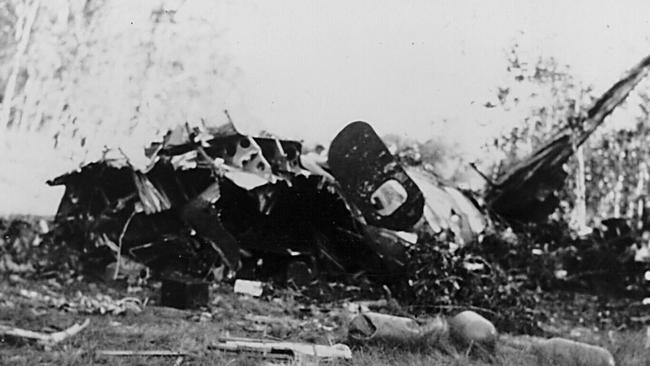
Today in History
Don't miss out on the headlines from Today in History. Followed categories will be added to My News.
WHILE some crews of bombers named their aircraft after girlfriends, landmarks back home or gave them monikers designed to scare the enemy, the crew of the US Army Air Forces (USAAF) B-17C 40-2072 called theirs EMF which stood for “Every Mornin Fix’n”. This was because they were constantly repairing the aircraft just to keep it in the air.
When it took off from Mackay on June 14, 1943, 75 years ago today, the ground crew had no expectation that their repairs wouldn’t hold. The six-man flight crew had also performed all the standard pre-flight checks when it took off at six on that foggy morning.
The aircraft was carrying 35 passengers, military personnel who were returning to New Guinea after spending some R & R in Mackay. But as the plane made a low altitude turn to fly back over the airport, it crashed.
Forty men died and only one survived. It was the highest death toll of any air crash on Australian soil. But many of the relatives were told the men were missing in action, some were told they had been killed in an aircraft without specifying where or when. In one case the parents were told their son had walked into a propeller.
The story was hushed up by censors and, while inklings of the scope of the crash leaked out with the lifting of censorship at the end of the war, most of the details were kept secret for nearly 50 years.
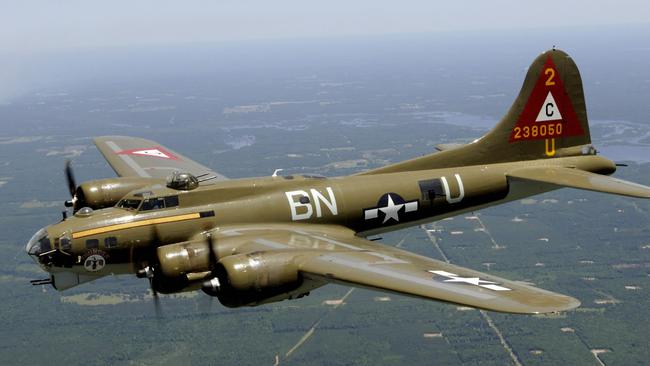
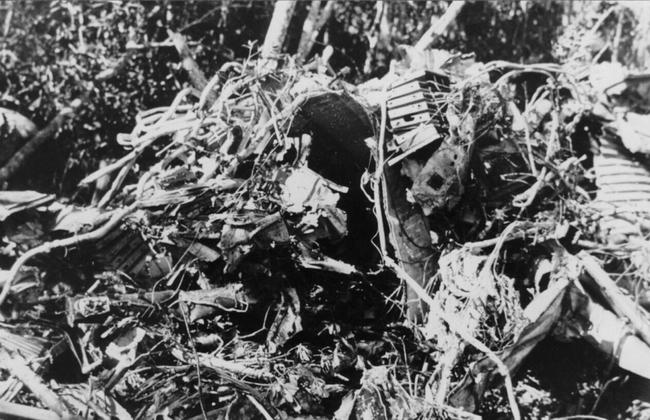
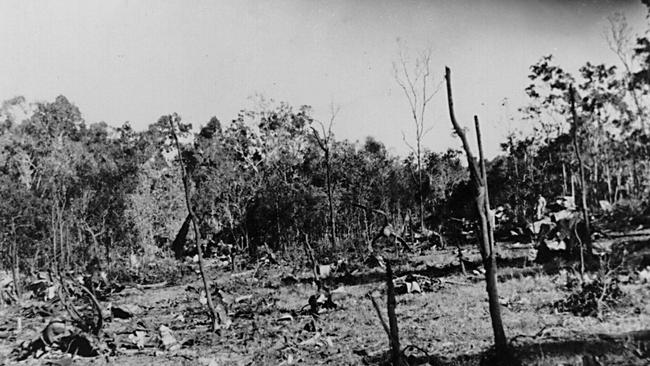
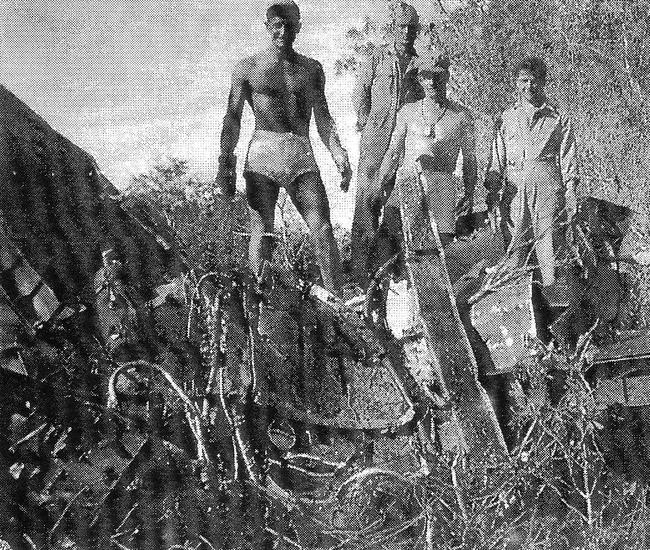
Flying Fortress 40-2072 began its life at the Boeing plant in Seattle in 1941 and was sent for service in the 19th Bombardment Group of the USAAF, based in California. It was one of a mass movement of bombers sent to the Pacific in September and October that year, flying via Oahu before ending up in the Philippines.
When the Japanese bombed American bases in Luzon, in the Philippines, on December 8, 1941, the aircraft suffered minor damage but survived the attack to be withdrawn to Del Monte Airfield on Mindanao. From there it took part in bombing missions against the Japanese.
On December 25, it flew a bombing mission over Davao, during which it was attacked by Japanese fighters before it flew on to Batchelor Airfield near Darwin. When it landed the crew counted themselves lucky, seeing more than 100 bullet holes in the fuselage.
The bomber was patched up and returned to Del Monte, but it was soon fleeing the Japanese, carrying 28 men to Australia during the evacuation of the Philippines. It landed in Batchelor but moved on to Laverton in Victoria, where it underwent repairs.
Patched up and back in the air in early 1942 it was again flying bombing missions, this time over New Guinea, before it was transferred to the 374th Troop Carrier Group, 21st Troop Carrier Squadron in April, to ferry men back and forth from New Guinea. One of the men in the aircraft’s new unit named the plane Pamela.
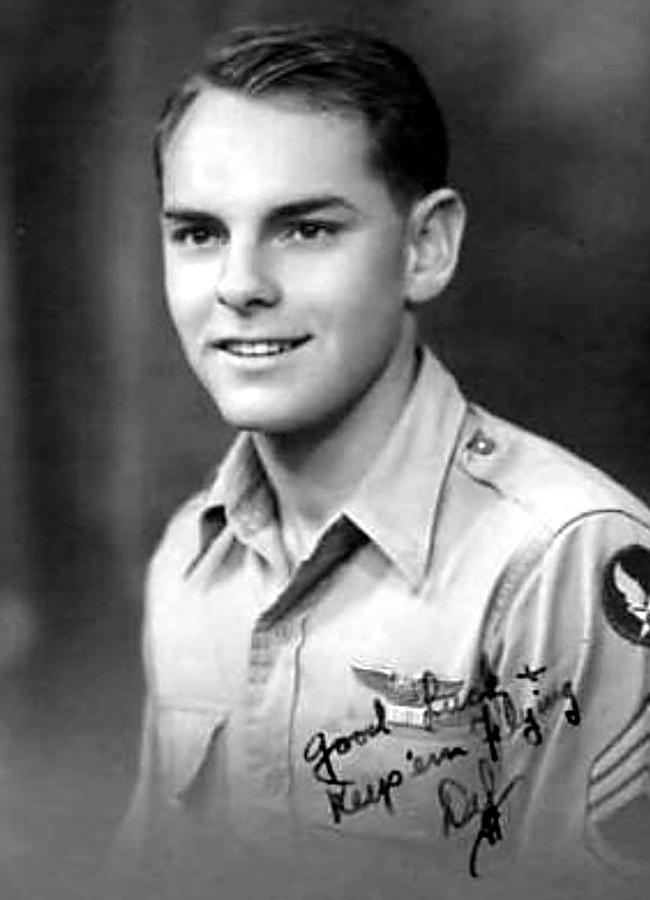
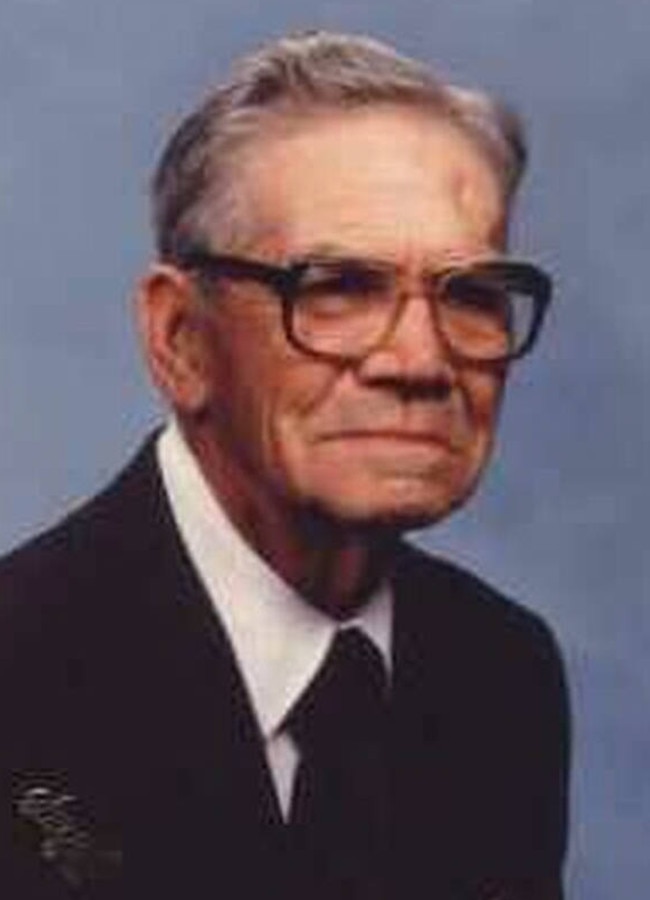
But in December 1942 it was back to flying bombing missions, working out of the newly built Dobodura Field in Port Moresby. It was the first B-17 to land at the field. But during one bombing mission Pamela pulled out of a steep dive and its wings flexed, causing structural damage that left the wingtips a foot (30cm) higher than on a normal B-17.
It returned to troop-carrying duties and, because of frequent repairs, was renamed Every Morning Fix’n or EMF.
On June 13, 1943, pilot Lt Vern Gidcumb from Eldorado, Illinois, and co-pilot Bill Erb from San Francisco had taken EMF for a two-hour test flight with its two new engines and fuel tank. No problems were reported.
The next day, June 14, the passengers and crew climbed aboard the plane for a scheduled 6am departure. The servicemen had enjoyed a few days basking on Mackay’s beaches and visiting a bar operated by the Red Cross. The passengers sat on the floor of the Flying Fortress for a four-hour journey.
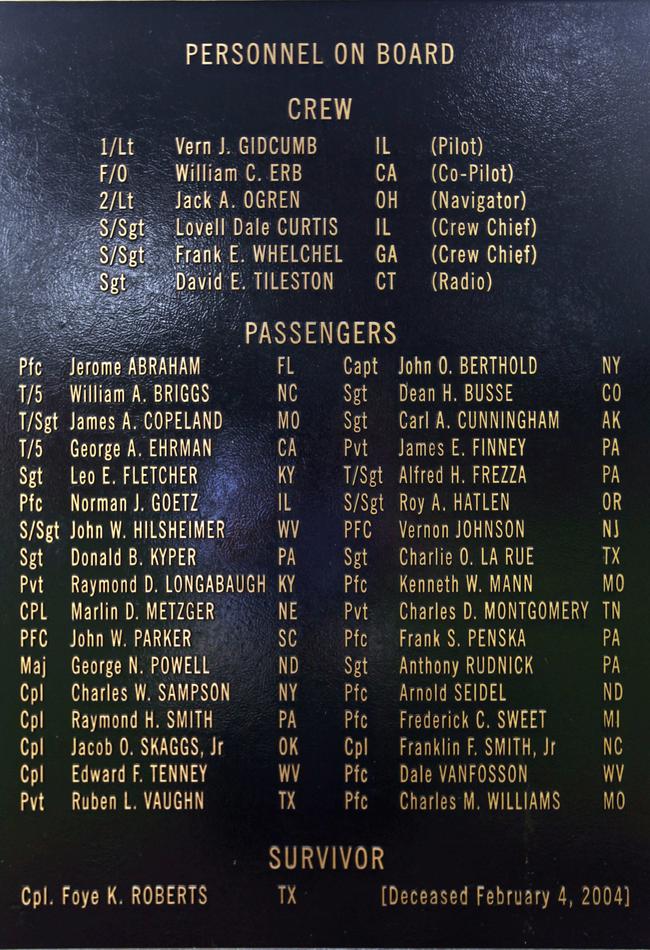
Crewman Del Sparrowe had flipped a coin with another crew member to see who would head back to Port Moresby. The friend went and Sparrowe stayed in Mackay. When he later heard that the aircraft had crashed after takeoff, Sparrowe was shocked, but thanked his good luck. He carried the coin around with him for years as a good-luck charm.
Cpl Foye Roberts, aircraft engine change specialist, was the only person to survive the crash. He remembered little afterwards, only moving to the back of the plane and then suddenly stumbling around the wreck.
The 40 victims were initially buried in Townsville but their bodies were later removed to be buried in the US.
Roberts later married a Sydney woman, but returned home and died in 1994. By then the story had come out and a memorial to the crash victims was unveiled at Bakers Creek in 1992.

